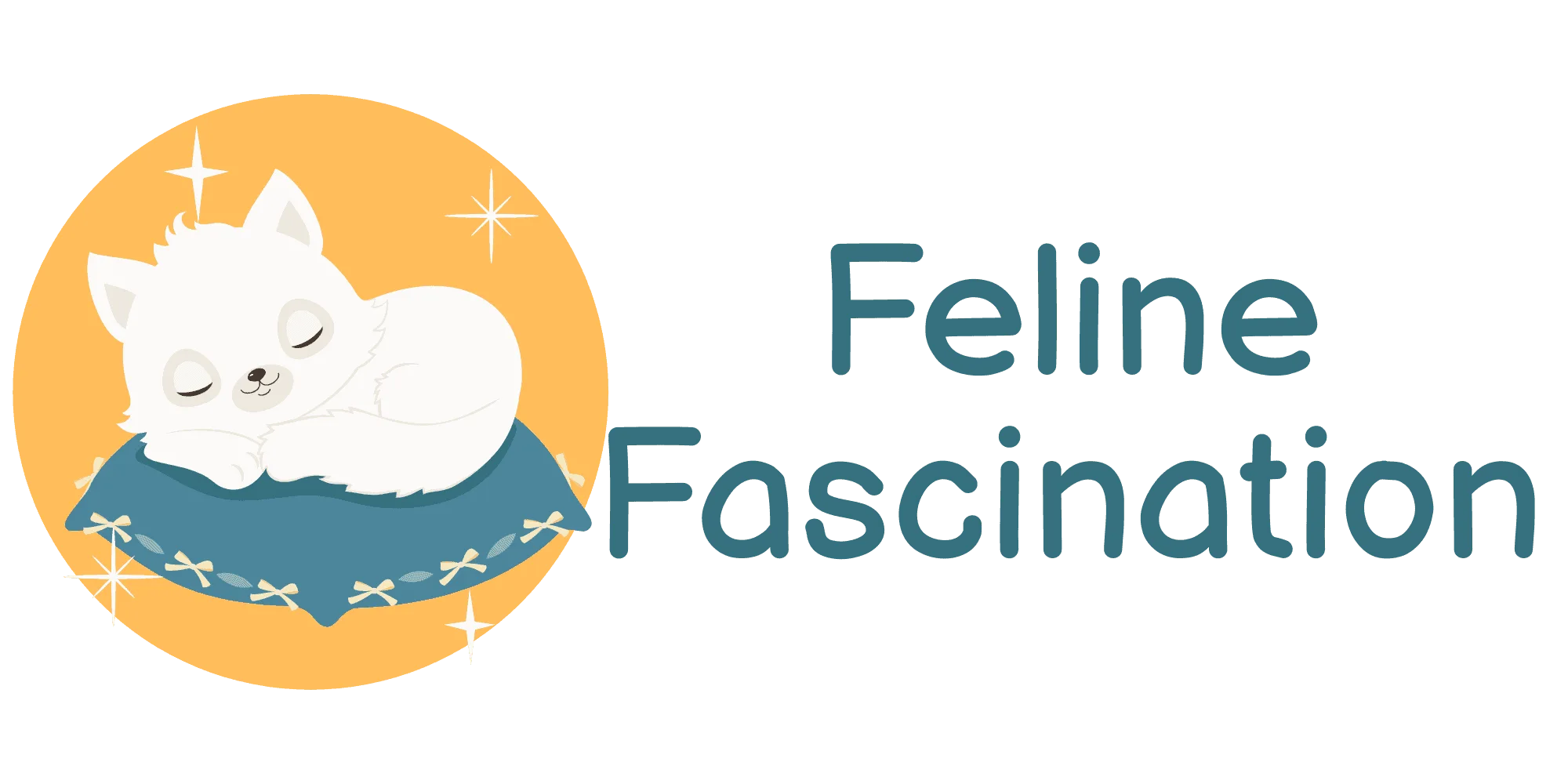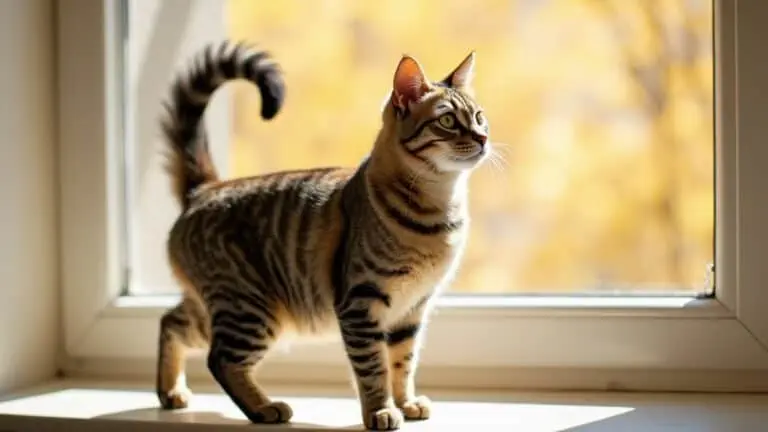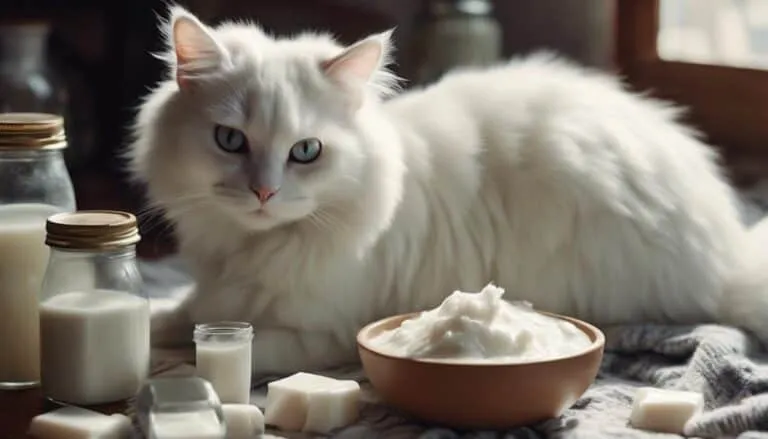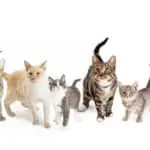The Best Fluffy Pancakes recipe you will fall in love with. Full of tips and tricks to help you make the best pancakes.
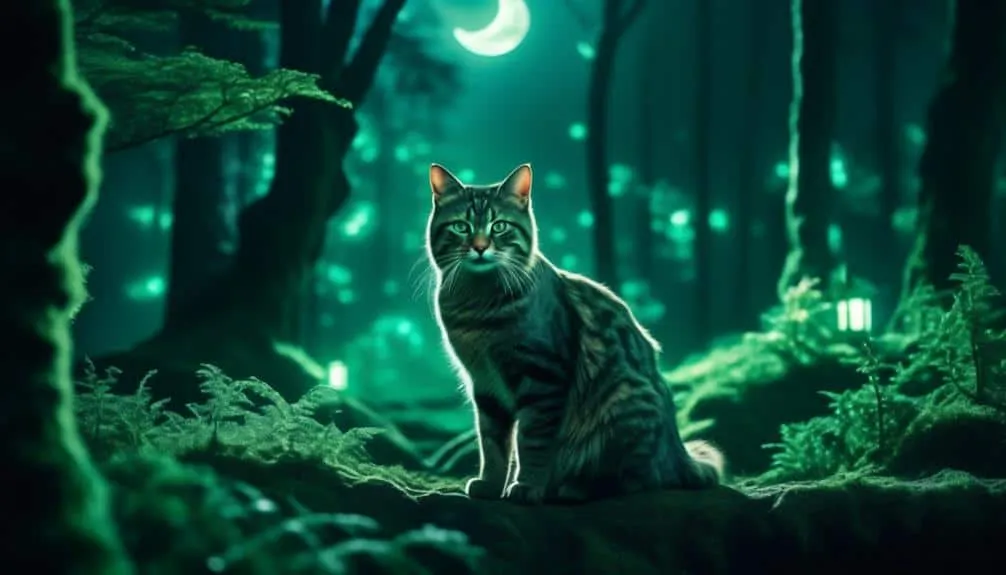
Curiosity piqued by the peculiar practices of the ancient Celts? Prepare to embark on a journey through the enigmatic world of their fascinating beliefs, where felines held a mesmerizing sway over their imagination.
Within Celtic culture, cats were both revered and feared, their presence casting an aura of mystery and caution.
As we delve deeper into their captivating tales, we'll uncover the extraordinary powers attributed to these spiritual beings, the significance of cats in Celtic totems and emblems, and the mythical creature known as the Cat Sith.
But that's not all – their connection to witches, the rituals performed, and the belief in black cats as either sacred or unlucky will all be revealed.
Brace yourself as we unravel the captivating fascination and fears surrounding the mysterious cats of the Celts.
Key Takeaways
- Cats held a complex and dualistic role in Celtic culture, being both revered and feared.
- The Cat Sith, a black fairy creature with a white chest spot, was an important figure in Celtic mythology and believed to cause mischief.
- There was a belief that cats, including the Cat Sith, were witches in disguise, and witches had the ability to transform into black cats.
- The Celts practiced divination rituals involving cats, such as the Taghairm, which demonstrated their negative view of cats and their cruel treatment.
Cats in Celtic Religion
Cats held a significant place in Celtic religion, being both revered and feared by the ancient Celts. In Celtic culture, cats were seen as beings of great power and were often regarded with caution. They played a crucial role in Celtic rituals and ceremonies, symbolizing various aspects of life. Cats were believed to possess magical qualities and were associated with the supernatural. They were seen as guardians of the spirit realm and were thought to bring good fortune and protection.
In Celtic mythology and folklore, cats were featured prominently, representing both positive and negative forces. Their symbolism in rituals and ceremonies showcased the Celts' deep connection to nature and their belief in the spiritual significance of animals. Cats weren't only seen as physical creatures but also as spiritual beings that bridged the gap between the mortal and divine realms.
Revered and Feared: The Power of Cats
As we delve deeper into the fascinating world of Celtic beliefs, we uncover the captivating dichotomy surrounding the power and influence of these enigmatic creatures.
Cats were both revered and feared by the Celts, serving as symbols of power and mystery. In Celtic mythology and folklore, cats played a significant role, often seen as protectors and omens.
However, some Celts believed that cats, particularly the Cat Sith, were witches in disguise. The association between witches and black cats may have originated from Celtic folklore, where witches were believed to have the ability to transform into black cats.
Additionally, the Celts practiced divination rituals involving cats, such as the Taghairm, where cats were roasted alive to answer questions. Despite these negative associations, some sources suggest that black cats were once viewed as sacred and associated with luck and good health in Welsh Celtic legend.
Thus, the power and influence of cats in Celtic culture were both revered and feared, reflecting the complex beliefs and perceptions of these mysterious creatures.
Cats in Celtic Totems and Emblems
Celtic totems and emblems prominently feature the enigmatic presence of cats, symbolizing their significance in the culture's beliefs and traditions. Cats weren't only revered and feared in Celtic culture, but they also held a special place in ancient Celtic art.
These feline creatures were often depicted in intricate designs and carvings, showcasing their importance in Celtic society. Cats were seen as symbols of protection, guarding against evil spirits and bringing good fortune. Their presence in totems and emblems served as a reminder of their powerful and mysterious nature.
The Celts believed that having a representation of a cat in their homes or on their person would ward off any harm or misfortune. This belief in the protective qualities of cats is evident in the art and symbolism of the Celtic people.
The Mythical Cat Sith
In exploring the captivating world of Celtic beliefs and traditions, we now turn our attention to a mythical creature that held a mysterious allure – the enigmatic Cat Sith.
The Cat Sith were fairy beings of magic in Celtic mythology. They were believed to be black spirits with a white spot on their chests, stalking the Scottish highlands and causing mischief. The Cat Sith had cultural significance among the Celts, as they were feared and revered for their supernatural powers.
Offerings were made to appease these mystical creatures, especially on the night of Samhain. Leaving milk for the Cat Sith was believed to bring blessings and good fortune.
Despite their mischievous nature, the Cat Sith were a symbol of the Celtic world's fascination and awe of the supernatural.
Offerings to Cat Sith on Samhain
On the night of Samhain, offerings were made to the Cat Sith, the mysterious fairy beings of Celtic mythology, as a means to appease their mischievous nature and invoke blessings and good fortune.
The role of Cat Sith in Celtic mythology was significant, and the Celts believed that these magical creatures roamed the Scottish highlands, causing mischief and mayhem. To honor and propitiate the Cat Sith, the Celts would leave offerings, particularly milk, which they believed would bring blessings and good luck.
The tradition of offering gifts to the Cat Sith on Samhain continues to this day, as people seek to honor and connect with the ancient Celtic beliefs. By making these offerings, we acknowledge the power and presence of these enigmatic beings, and hope to receive their favor and protection.
Cats as Witches' Familiars
As we delve into the intriguing realm of Celtic mythology and folklore, it's impossible to ignore the captivating connection between cats and witches as familiars.
In Celtic culture, witches were believed to have the power to transform into black cats. According to legend, they were limited to eight transformations before being permanently stuck in feline form, possibly giving rise to the myth of cats having nine lives.
This association between witches and cats may have originated from Celtic folklore. Cats were seen as companions and helpers to witches, aiding them in their magical practices.
The belief in cats as witches' familiars adds an element of mystery and intrigue to the already enigmatic world of Celtic mythology.
The Brutal Divination Ritual: Taghairm
During the brutal divination ritual known as Taghairm, ancient Celts would catch and roast cats alive over an open fire, forcing other cats to watch as they believed these feline observers could provide them with answers to their questions. This ritual was one of the many brutal rituals practiced by the Celts as part of their divination practices.
The Celts believed in the power of these rituals to tap into the supernatural realm and gain insight into the future. However, the cruel treatment of cats in Taghairm reflects the negative view that the Celts had towards these animals. They saw cats as mere tools for their own gain, disregarding their well-being and subjecting them to unimaginable suffering.
This brutal ritual highlights the extremes to which the Celts were willing to go in their pursuit of knowledge and guidance.
Big Ears: The Cat Demon of Taghairm
The summoning of Big Ears, a powerful cat demon, was an integral part of the brutal divination ritual known as Taghairm among the ancient Celts. In Celtic folklore, there was a strong association between cats and magic, particularly with the mischievous Cat Sith. These black spirits were believed to roam the Scottish highlands and cause trouble.
It's possible that the belief in witches transforming into black cats originated from Celtic mythology. During the Taghairm ritual, cats were caught and roasted alive over an open fire, with other cats forced to watch. It was believed that these cats held the answers to the Celts' questions.
In some versions of the ritual, Big Ears, a cat demon, was summoned to provide the answers. This ritual demonstrates the negative view of cats and the cruel treatment they endured among the Celts.
Black Cats: Sacred or Unlucky?
Black cats, with their mysterious allure and captivating presence, have long been a subject of debate in Celtic culture, evoking both sacred reverence and superstitious beliefs. Their reputation has evolved over time, shaping the perception of black cats in Celtic folklore and superstitions. Here are five key points to consider:
- Cats in Celtic folklore and superstitions: Cats held a significant role in Celtic mythology, being both revered and feared. They were seen as beings of great power and were often featured in totems and emblems.
- Evolution of the perception of black cats: While some sources suggest that black cats were once viewed as sacred, the majority of Celts began associating them with bad luck and misfortune after converting to Christianity.
- Witches and transformation: Celtic witches were believed to have the ability to transform into black cats. This association between witches and black cats may have originated from Celtic folklore.
- Big Ears and Taghairm: Cats were subjected to cruel treatment in Celtic culture, including being roasted alive during the divination ritual of Taghairm. The large cat demon, Big Ears, was believed to provide answers during this ritual.
- Black cats and good luck: Despite the negative perception, there are instances in Welsh Celtic legend where black cats were associated with luck and good health, believed to bring blessings and fortune to those they visited.
Through these points, it becomes clear that the perception of black cats in Celtic culture is complex and multifaceted, encompassing both sacred reverence and superstitious beliefs.
Black Cats and Welsh Celtic Legend
As we delve into the realm of Welsh Celtic legend, it's intriguing to explore the fascinating connection between black cats and their role in shaping the beliefs and superstitions of this ancient culture.
In Welsh folklore, black cats were viewed as symbols of good luck and positive energy. Unlike the negative perception of cats in Celtic culture, the Welsh Celts associated black cats with blessings and good fortune. It's believed that the evolution of black cat symbolism in Wales occurred after the majority of Celts converted to Christianity.
With this shift in religious beliefs, black cats became seen as guardians and bringers of prosperity. Their arrival at a person's home was considered a sign of impending good luck.
This contrast between the negative perception of cats and the positive view of black cats in Welsh Celtic legend highlights the complexity of cultural beliefs and the power of folklore.
Frequently Asked Questions
How Did the Celts View Cats in Their Religion and Why Were They Both Revered and Feared?
The Celts both revered and feared cats in their religion due to their belief in their magical powers. Cats were seen as beings of great power and were associated with witches and transformation.
What Were Cat Sith and What Role Did They Play in Celtic Mythology?
Cat Sith were fairy beings in Celtic mythology. They were black with a white spot on their chests and known for causing mischief. In Celtic rituals, cats were roasted alive to answer questions.
What Offerings Were Made to Cat Sith, Especially on the Night of Samhain, and Why Were They Believed to Bring Blessings and Good Fortune?
On the night of Samhain, Celts believed that offering milk to Cat Sith would bring blessings and good fortune. Did this symbolic act reflect their deep cultural beliefs or simply reinforce their superstitions?
How Did the Celts Associate Cats With Witches and What Was the Belief Regarding Their Ability to Transform Into Black Cats?
The Celts associated cats with witches, believing that they could transform into black cats. This belief may have originated from Celtic folklore. Cats' supernatural ability to transform held significance in Celtic mythology and mythology.
What Was the Brutal Divination Ritual Called Taghairm and How Did Cats, Including a Cat Demon Called Big Ears, Play a Role in It?
The brutal divination ritual called Taghairm involved catching and roasting live cats over an open fire. Cats were believed to answer the Celts' questions, and some versions summoned a cat demon named Big Ears for answers.
Conclusion
As you delve into the captivating world of Celtic culture, the mysterious cats that held both reverence and fear will leave an indelible imprint on your mind. From their spiritual powers to their role in mythology and folklore, these enigmatic creatures continue to bewitch us with their secrets.
The haunting presence of the Cat Sith roaming the Scottish highlands, the divination rituals involving cats, and the superstitions surrounding black cats all add to the allure of these feline wonders.
Prepare to be entranced by the enigmatic and beguiling cats of the ancient Celts.
